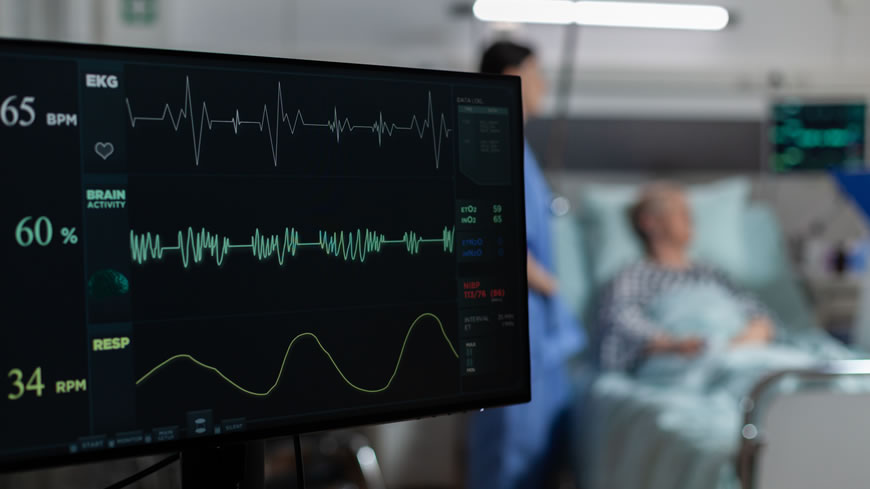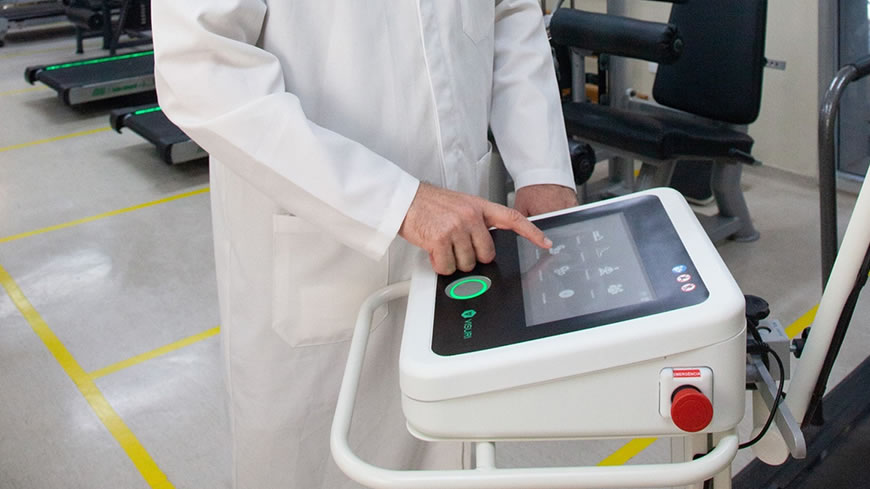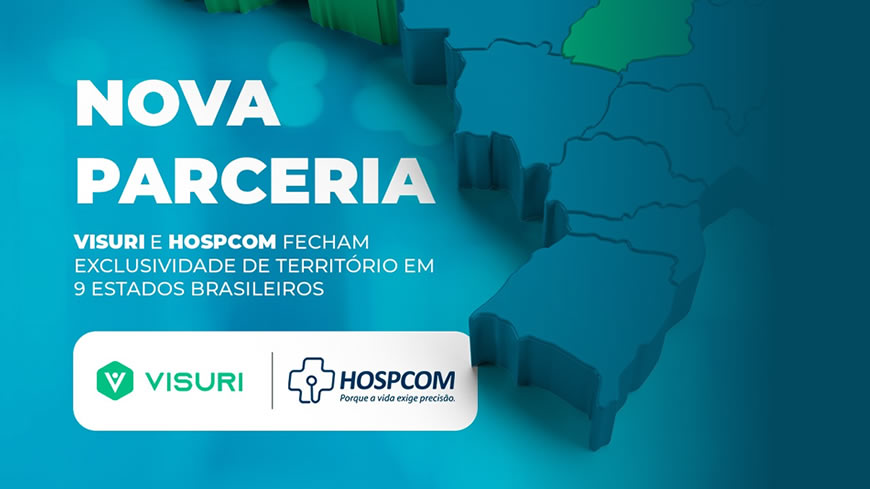- quinta, 04 de maio de 2023
Authors: Paulo Eugênio Silva PT, MSc, Nicolas Babault PhD, João Batista Mazullo PT, MSc, Tamires Pereira de Oliveira PT, Bárbara Letícia Lemos PT, Vitor Oliveira Carvalho PT, PhD, Joao Luiz Quagliotti Durigan PT, PhD
Purpose
The aim of this study was to evaluate the safety and feasibility of a neuromuscular electrical stimulation (NMES) protocol based on neuromuscular excitability and applied in numerous muscle groups of critical ill patients.
Materials and methods
We performed a prospective observational study using an NMES applied daily and bilaterally into 5 muscle groups in lower limbs for 3 consecutive days. The characteristics of NMES were 90 contractions per muscle, pulse width equal to chronaxie, and a pulse frequency of 100 Hz. We assessed safety with central venous oxygen saturation, serum lactate, and creatine phosphokinase measurements. To evaluate feasibility, we recorded the time spent for the entire NMES protocol and the number of NMES sessions completed.
Results
Eleven male patients finished the study. There were no significant changes observed in creatine phosphokinase from baseline up to 96 hours: 470 (±270) IU/L and 455 (±240) IU/L (P > .99). Central venous oxygen saturation and serum lactate had the same pattern with no significant variations (P = .23 and P = .8, respectively). The time spent during the whole procedure and the number of complete NMES sessions performed were 107 ± 24 minutes and 84 sessions (85%), respectively.
Conclusions
We demonstrated that NMES chronaxie-based protocol is safe and feasible.
DOI: https://doi.org/10.1016/j.jcrc.2016.09.012
LEARN MORE: https://linkinghub.elsevier.com/retrieve/pii/S0883944116305317







